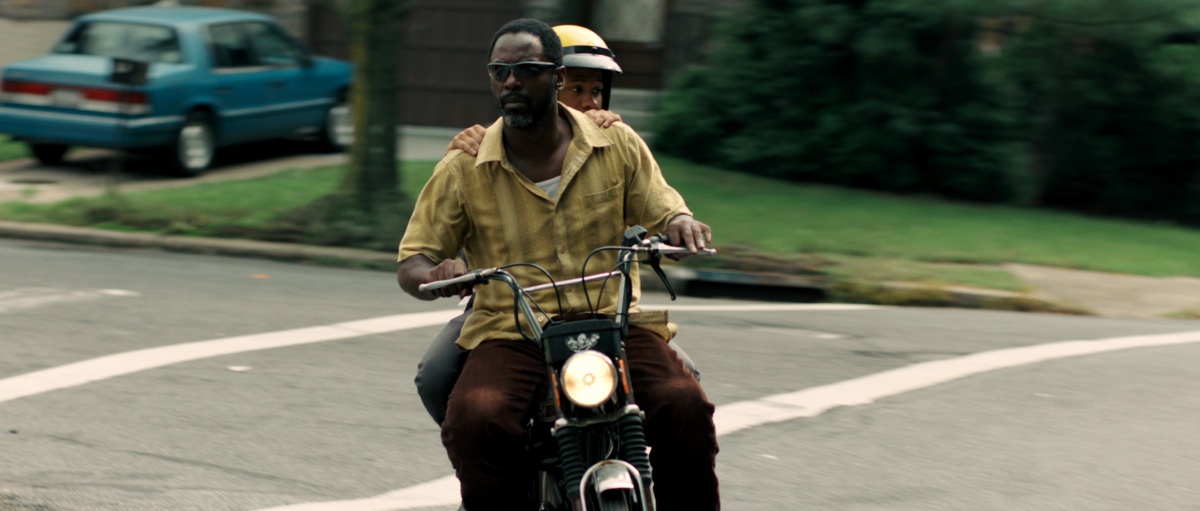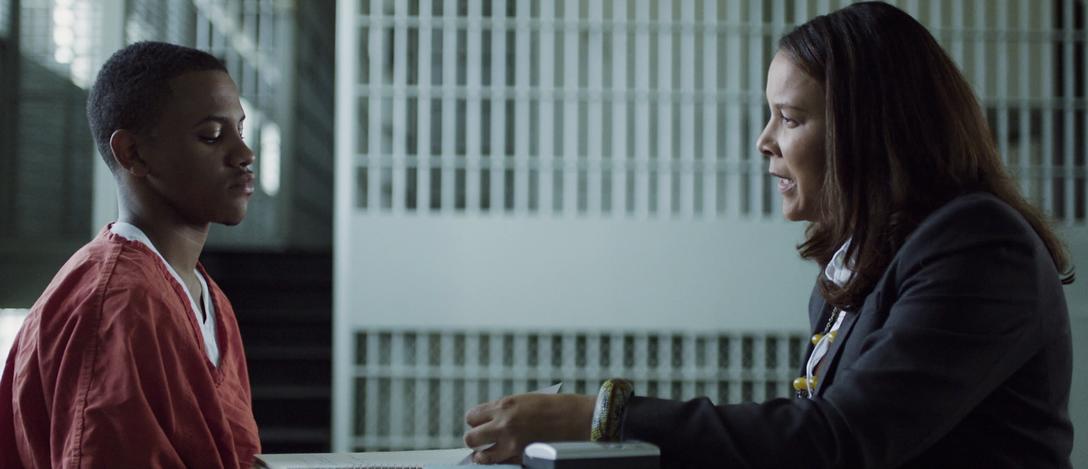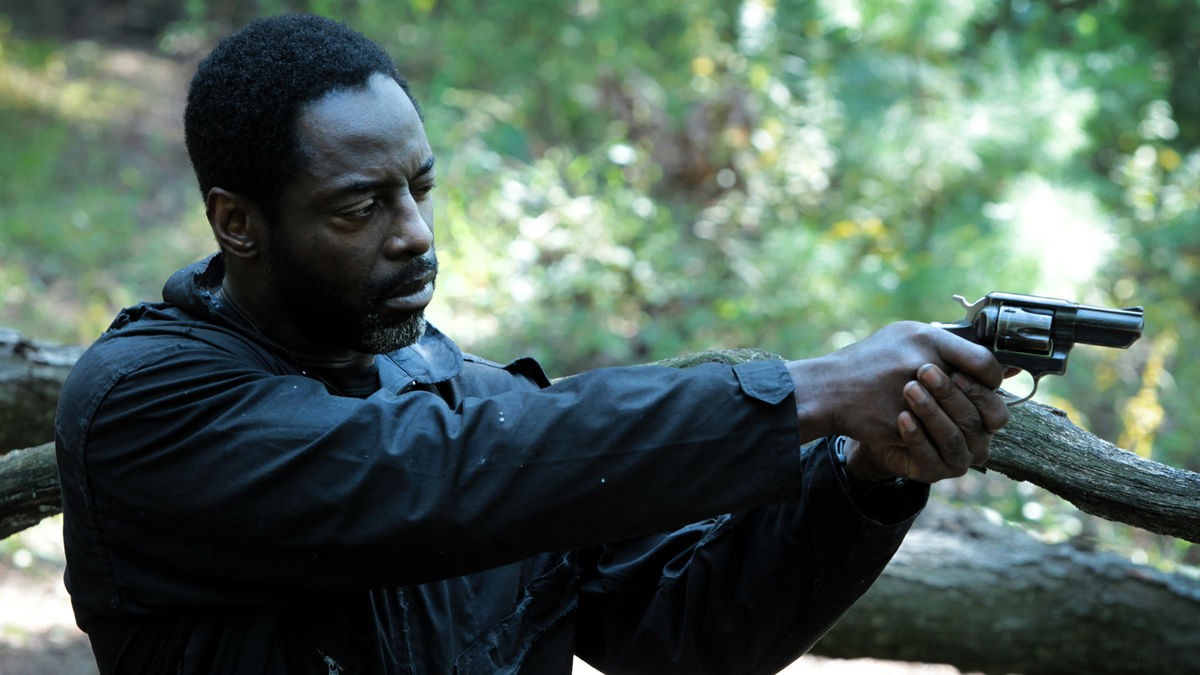‘Blue Caprice’ is a drama film that follows John Allen Muhammad and Lee Boyd Malvo, a young boy who arrived in the United States from Antigua. Over the course of several months, the two of them bond with each other while moving from place to place after John’s girlfriend kicks them out of her house. Soon afterward, John begins training Lee, who has a natural affinity for marksmanship, to shoot guns. But things take a turn for the worse when John convinces the teenager to use his skills to kill people in order to repay him for taking him in when he first came to the US and for taking care of him all this time.
Directed by Alexandre Moors, the 2013 film features the talents of Isaiah Washington, Tequan Richmond, Joey Lauren Adams, Time Blake Nelson, and Leo Fitzpatrick. Gun violence is a persistent problem that has plagued the US for several years now. Many people have lost their lives to senseless public shootings, and ‘Blue Caprice’ depicts one such story as well. But is there any truth behind this particular story? Let’s dive in and find out together!
Blue Caprice: True Story of the Beltway Snipers’ Killing Spree
‘Blue Caprice’ is a true story. The film, written by R.F.I. Porto is based on the 2002 Beltway shootings by the real-life John Allen Muhammad and Lee Boyd Malvo. Both John and Lee shot at the residents of the Washington metropolitan area in October 2002 and were collectively known as the Beltway snipers. Including the Washington D.C. shootings, as well as the shots they fired at people from the back of their modified blue Chevrolet Caprice Classic (After which the film is named), both of them killed 17 people and injured 10.

The two of them were finally caught while sleeping in their car on October 24, 2002, in the early hours of the morning. John’s ex-wife, Mildred Muhammed claimed that John had perpetrated the attacks in order to kill her because she had won sole custody of their three children after their divorce in 2001. She further explained that if John had shot her dead, it would simply be attributed to the crazy gunmen shooting people at random in the area, and he would be able to get away with it.
She believed that after her death he would gain custody of the children once again, as well as benefit from the compensation given to the victims’ families. “His end-game scenario was to come in as the grieving father. He maybe would have been called father of the year,” Mildred told NPR. While this does seem like a viable reason, John’s violent acts have been attributed as simply a means to extort money out of the government based on a note left at the scene of one of the murders that demanded ten million dollars.
When asked why he became interested in the story to the point of turning it into a film, director Alexandre Moors told DCist, “Well, for me what I found in the story was a very minimal setting that allowed me to tackle the issue of violence and the culture of violence that exists in America through an original and unusual angle, which is this story of a father and son who decided to wage this insane war against the State. So, for that story I wanted to talk about the education that this young teenager received. How he was groomed and transformed into a killer. The film, for me, was really an allegory.”
The director further added that in order to research the story, screenplay writer R.F.I. Porto and he used court documents, police records, and medical records. They also went around to the specific places in Washington D.C. where the shootings took place in order to better understand the visual side of things – how it would look on the screen, basically. The research also hit a few roadblocks along the way, however, as the writer-director duo discovered that there were several gaps in the stories that they just couldn’t fill. However, none of these gaps ever affected the film’s overall storyline.
Now, while the actual crime that took place is an important aspect of ‘Blue Caprice,’ the story’s focus is on the buildup to the crime itself. ‘Blue Caprice’ gives a vast majority of screen time to Lee’s early life with John, his girlfriend and three children, their moving out and hitting the road, staying over at John’s friends’ places, his firearms training, and the conversations between them. This serves to establish the characters as people in front of the viewers, rather than simply faceless mass murderers.
In fact, no actual “violence” ever takes place on-screen; all of it is implied, which further removes the criminal aspect from the audience’s eyes, and makes them focus on the characterization instead. And bringing these characters to life with much nuance in ‘Blue Caprice’ are Isaiah Washington as John, and Tequan Richmond as his ward, Lee.

“The issue of violence and how it’s exported and even imported in America is why I’m really proud to be part of a film like Blue Caprice. I’m not really playing John Allen Muhammad the man. It’s a character, a narrative, as seen through the eyes of a filmmaker who lived in Paris, and as a child who always loved America, like I think we all do. We cannot be blind to the fact that there’s a character flaw in this country, collectively speaking,” Isaiah Washington said in an interview with Vulture about his character and the issue of violence in America.
A poignant film about a tragic incident, ‘Blue Caprice’ presents a complex narrative about a man who turned to violence in lieu of the clear psychological help and support that he needed, and how he even roped a young boy he’d taken in into it as well. The real John Allen Muhammad was given the death sentence, his true story will continue to remind people of his heinous crimes through ‘Blue Caprice.’
Read More: Best True Crime Documentaries on Netflix


You must be logged in to post a comment.